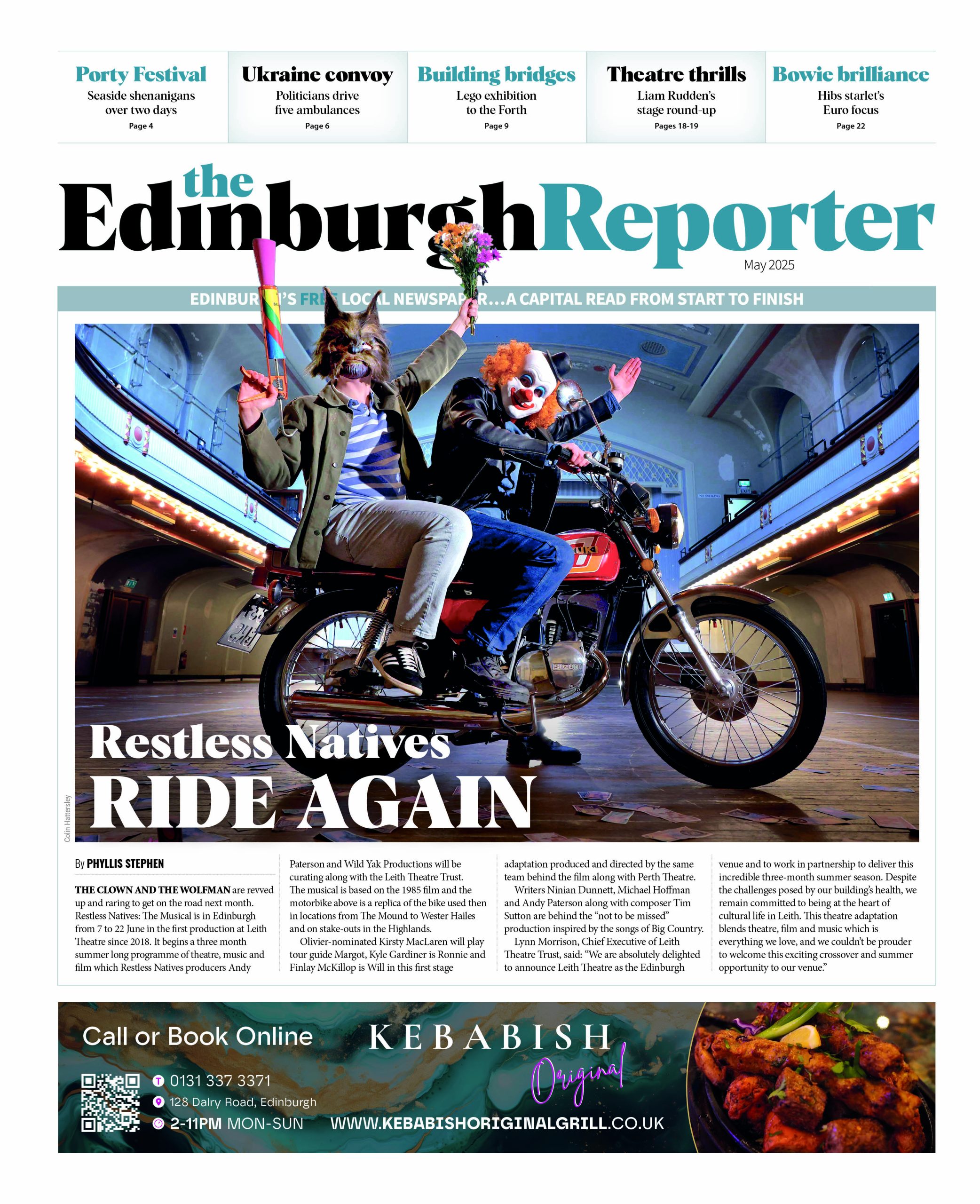We’ve been reflecting on the rise and fall of Nicola Sturgeon this week, following her announcement that she will not be standing as a candidate at the Scottish parliamentary elections next year.
“I have dedicated my life to making Scotland a better place,” she told her constituency party in Glasgow. But after 26 years as an MSP and eight as first minister, she has decided to “embrace different opportunities” and begin another chapter in her life.
Nicola Sturgeon has certainly had a remarkable career so far, the longest serving first minister and the first female to hold the post, and she is still only 54. My first memory of interviewing her as a reporter was when she was a young health minister.
She and her deputy Shona Robison were dressed in running gear and out on Arthur’s Seat urging people to get fit and avoid becoming a burden on the NHS. I interviewed her several times over the years and always found her friendly, but professional, and she nearly always gave a direct and honest answer.

Nicola – if I may call her that – is an energetic woman, very bright and powered by an inner fire. She soon made her name as a good communicator, on television, on stage and in parliament. She has a particular female gift of being able to indicate the irony or ridiculousness of her opponent’s argument with a brief chuckle in her voice and glint of the eye. Other politicians feared going into a debate with her because they knew they faced defenestration.
From the age of 16, Nicola Sturgeon has been a member of the SNP – appalled at what she was seeing under Mrs Thatcher’s government. After a law degree at Glasgow University she was soon elected to the “reconvened” Scottish parliament in 1999. Alex Salmond recognised her talents and as soon as the SNP came into government, he promoted her and prepared her to replace him if anything should happen. It did in 2014, when the SNP lost the independence referendum and Salmond resigned.
Sturgeon’s eight and a half years as first minister is a record of brilliant successes and disappointing failures, and a few outright mistakes. She won three elections in a row, including the SNP’s spectacular win of 54 out of 59 Scottish seats at the Westminster election in 2015. She became a respected figure on the UK and European political circuit. Her handling of the Covid pandemic was in sharp contrast to what was happening in Boris Johnson’s Downing Street or in other chaotic capitals of the world. She herself will point to other successes – the introduction of the Scottish Child Payment, lifting thousands of children out of poverty, and the doubling of free child care hours.
Her failures, but not for want of trying, were: not closing the attainment gap between pupils in rich areas compared to pupils in poor areas; not living up to her “world leading” climate change goals and, of course, not gaining Scotland’s independence. Her Labour, Conservative and Liberal Democrats opponents would add other failures – NHS waiting times, cuts in council services, like schools and social care, and cuts to the police and prison departments. But they fail to mention she was working with a budget largely determined by Westminster.
And her mistakes: not keeping her eye on the ball over ferry contracts; going too far over gender recognition; and not asking her husband Peter Murrell to leave his post as general secretary of the SNP and finding some other non-political work.
This to me is the saddest part of Nicola Sturgeon’s career, because rumours began to grow of too much power being concentrated at the top of the SNP and the government. Remember that power corrupts. So when things went wrong with the party’s finances, (£600,000 was diverted from a special referendum campaign into general funds) and the police were called in, a cloud of suspicion descended on the “Power Couple”.
In my view the police have behaved appallingly over all this. Peter Murrell was eventually charged with embezzlement and Nicola was arrested but released without charge. But the investigation has been going on for three years and the Crown Office has still not decided whether to prosecute. In the meantime Sturgeon resigned as first minister in February 2023 and their marriage has broken up.
Nicola Sturgeon now cuts a slightly forlorn figure, watching from the backbenches as her party and her dreams fall apart. I don’t believe she had any part in the alleged financial shenanigans and I’m sure she will be cleared when the cloud lifts.
When that happens, I wonder what she will do next. At the moment she talks about writing her memoirs (to be published in the summer) and apprearing at book festivals. But such cleverness and political ability should not be wasted. Politics is an addictive business and I guess she will soon be back on the political stage in some form or other in the next 54 years.

They said they would “campaign for the full powers that only a Yes vote can guarantee”. Amongst other members of the grassroots campaign they joined with Jim Sillars and the Margo mobile, which had been touring communities of Scotland. Piershill Square East PHOTO Alan Simpson











